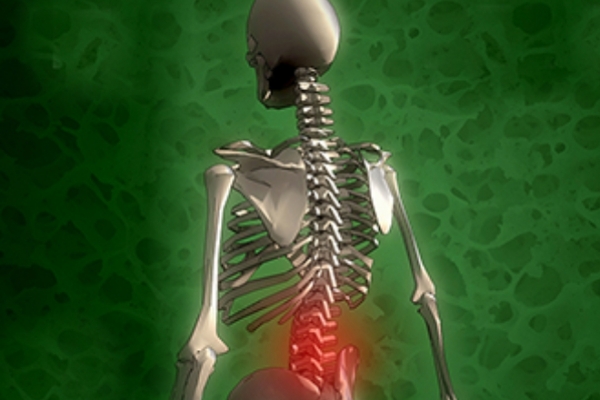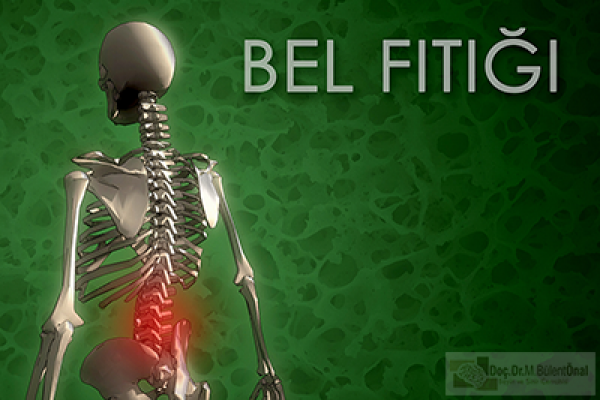LUMBAR HERNİATED DİSCS
Lumbar herniated disc is actually a common entity in the world. It is not surprising that we usually see a hernia or disc herniation onset when a lumbar MRI scan is performed, even if there is no complaint. Weight gain causes the spine to bear excessive burden, and being excessively skinny or suddenly losing too much weight causes the muscles to get weaker, and consequently decreases the support of our muscles to the spine; therefore, these play a role in the development of herniated disk.
Every hernia does not mean the need for surgery. The important things are the patient's examination, and whether or not the findings are progressive. Your physician will take a decision in this regard, by combining the MRI and examination findings.
Many procedures have been tried for lumbar herniated disc surgery, and today microdiscectomy is the most effective procedure. The word 'microsurgery' represents surgical operations performed under microscope. A microscope allows for performing the same surgical operation through a smaller scar, by magnifying the view of the surgical site. Microdiscectomy is today mentioned as a closed surgery procedure in some medical advertisements; but in fact, it is not a closed surgery. Is an effective procedure that significantly shortens the recovery period by allowing for just a small surgical incision, and causing minimal damage to the patient’s surrounding tissues and muscles during surgery; and that significantly reduces the risk of possible complications by magnifying the view of the surgical site.
PROCEDURE: We perform our surgical operations with this procedure, as well. The surgical site is accessed by instruments inserted through a midline incision on the waist, with a length ranging from1.5 to 2 cm on average depending on the level of the herniated disc. Afterwards, a small window is opened in the bone on the hernia, the nerve root is pushed aside, and then the herniated tissue is cleaned with special instruments. In our clinic, lumbar herniated disc surgery takes about 30 minutes, and the time that the patient will spend in the operating room is about 1.5 hours, including the times that will pass during his/her entrance into the operating room, narcotization and postoperative awakening.
After surgery, patients are taken the recovery area. The patient allowed to eat at the end of the fasting period required after the 4 hours of surgery immediately gets up and walks (mobilization) under the supervision of our nurses trained in their fields, and then notices that the pain felt in the hips and legs before surgery has disappeared completely. Naturally, just a sense of tingling is felt at the surgical site.
Since your incision is sutured from inside at the end of the surgery, just a small line can be seen when viewed from outside. After the surgery, you have a dressing on your wound for once, and you are asked to take it off and have a bath the next day. As a result, during the postoperative period at home, you will not need to dress your wound and will no need to wait for weeks to have a bath as in large-scale operations.
After a 1-day hospitalization, the patient is discharged from hospital. Your physician will told you what you need to do at home during the 1-week rest period. You will be asked to go for a checkup after 1 week. Then you will be given advices about how to return to normal life.







